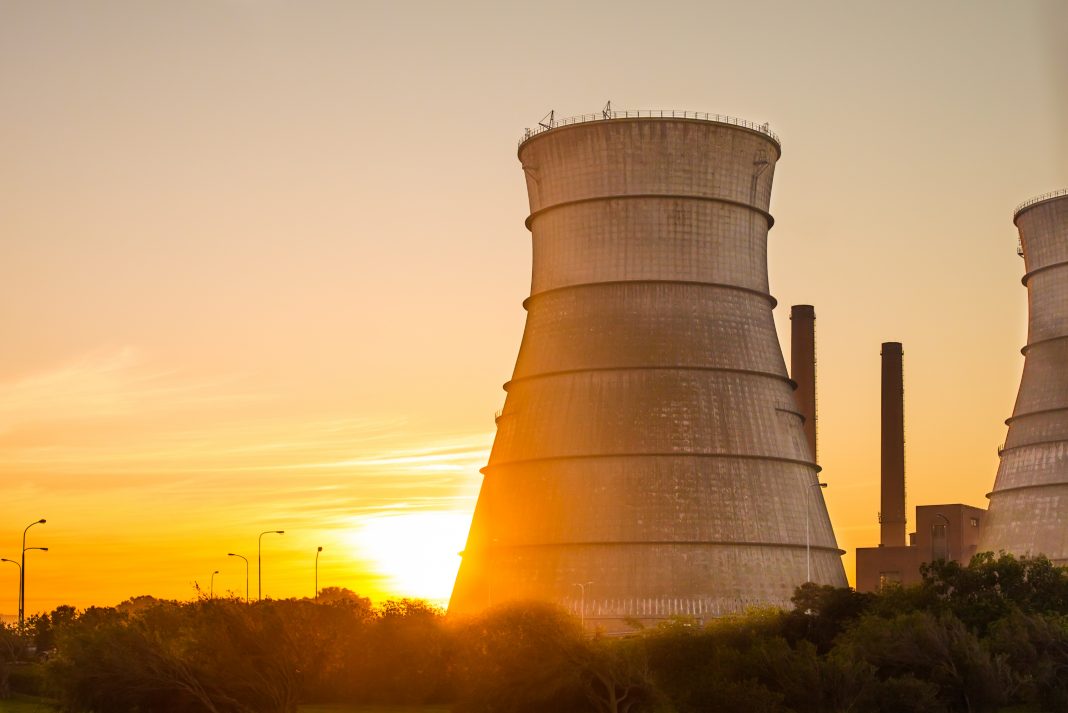This week, the UK government announced a new 2022 Energy Strategy, which aims to accelerate the use of renewables such as new nuclear, hydrogen, and wind power to secure clean and affordable British energy for the long term
The British energy security strategy has been long-anticipated, as Britain moves away from dependence on overseas sources, and towards energy independence. The 2022 energy security strategy outlines a 10-point delivery plan, which spans across multiple renewable energy sectors – from offshore wind to green buildings.
How the British Energy Strategy will impact the construction industry
With energy prices higher than ever, and the war in Ukraine causing turbulent energy security, the demand for clean and secure energy has never been more important. As the industry works towards more energy-efficient practices and a net zero future, here’s how the 2022 energy strategy will impact construction moving forward.
-
Green buildings
Currently, over 90% of homes in the UK are heated by fossil fuels. This is a cause for concern considering the recent energy bill spike, which means that heating homes is not only an environmental issue, but an economic one too.
Households across the country are facing energy bills upwards of £2,000 – a 54% increase.
The 2022 energy strategy aims to improve the efficiency of homes through the Heat and Buildings strategy, and the Social Housing Decarbonisation Fund, which combined promises to save households hundreds of pounds per year on their energy bills and reduce our reliance on gas.
Furthermore, the strategy also aims to decrease the reliance on overseas energy through cutting VAT for insulation and heat pumps. 60,000 heat pump installations have also been promised, and households will be offered grants of £5,000 towards air source heat pumps.
-
New nuclear
The 2022 energy strategy has set a target whereby a quarter of the country’s power will be nuclear by 2050.
In order to achieve this, proposals for up to eight new nuclear reactors have been announced across the next series of projects. This means that the UK could be set to deliver one reactor per year, compared to one a decade.
This is a significant acceleration in the country’s nuclear sector, and will see a deployment of up to 24GW by 2050, which is 3 times more than currently and will represent up to 25% of the UK’s electricity demand.
The production of each large-scale nuclear plant could create up to 10,000 jobs at peak construction.
3. Wind power
The government has pledged to deliver 50GW of offshore wind by 2030, including 5GW of innovative floating wind. By using the country’s natural assets, the energy strategy states that Britain has enough wind capacity to ‘power every home in Britain’ by 2030.
‘Reducing our exposure to volatile fossil fuel markets’
UK prime minister Boris Johnson stated: “The growing proportion of our electricity coming from renewables reduces our exposure to volatile fossil fuel markets.
“Indeed, without the renewables we are putting on the grid today, and the green levies that support them, energy bills would be higher than they are now. But now we need to be bolder in removing the red tape that holds back new clean energy developments and exploit the potential of all renewable technologies.”
Despite promises of major upgrades to the offshore wind sector, the government has not promised major upgrades to the onshore wind sector, which was anticipated.
4. Solar
The 2022 energy strategy also outlines ambitions for the future of solar energy. In the UK, there is currently 14GW of solar capacity, split between large scale projects to rooftop solar. The government expects a five-fold increase in deployment by 2035 and plans to continue the support of solar energy implementation.
Industry response
Stephen Marcos Jones, chief executive of the Association for Consultancy and Engineering said: “Be it wind, solar, hydrogen or nuclear energy, our members are critical to the successful delivery of complex infrastructure projects. They stand ready to work in close partnership with Government in the creation and design of a more secure, and less carbon intensive, domestic energy system.
“We welcome the investment in up to eight new nuclear plants alongside increased investments in offshore wind, solar and hydrogen – crucial if we are to enhance energy security and meet Net Zero targets in an affordable way for consumers.
“However, to help us on our Net Zero journey, we would have liked to have seen more to encourage the delivery of the cheapest forms of renewable energy, onshore wind and solar, as well as more on driving greater energy efficiency.
“We must not forget that it will take time for any new Strategy to deliver results – for energy security, our Net Zero targets, or on affordability. Nevertheless, the Strategy outlines a positive and proactive intent.”
The energy security plan has faced backlash from some construction professionals
Gillian Charlesworth, CEO, BRE commented: “Today’s Energy Security Strategy was a supply-side strategy whereas we are facing an urgent demand-side problem.
“Whilst we welcome measures to bolster the long-term security of the UK’s energy supply, the plans outlined today do not represent a whole-hearted commitment to transitioning as quickly as possible to renewable energy and will do little to address two of the biggest challenges we currently face: tackling rising energy costs and improving the energy efficiency of our homes and buildings.
“The UK has one of the oldest and least energy efficient building stocks in Europe, which unnecessarily inflates demand for natural gas. Accelerating the roll out of retrofit measures like insulation is a short-term solution that could address spiralling bills and significantly improve the energy efficiency of our housing stock, but it is disappointing to see that this has not been covered within today’s Strategy.
“The need to accelerate the roll out and investment into insulation extends beyond housing. With nearly a fifth of all gas being consumed by the non-domestic sector, a lack of any retrofit strategy will result in higher costs for our businesses and public infrastructure – including schools and hospitals. This will ultimately be felt by households, who will have to bear the brunt of higher prices.”
“Aside from keeping consumers’ energy bills down and reducing their carbon footprint, retrofitting homes is a fast and cost-effective strategy to reduce demand for natural gas and will help to support the UK’s energy security. Recent announcements such as the abolition of VAT on some energy saving materials are a welcome start.
“However, without a clear plan and funding to upgrade the UK’s building stock, our energy security strategy cannot be driven forward effectively – and we will quickly lose momentum on the drive to net zero.”
Lydia Bamford

















